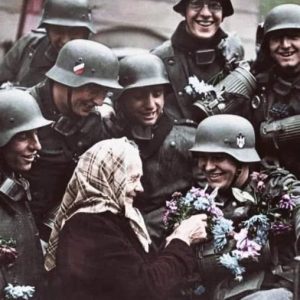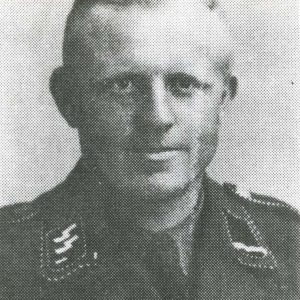CONTENT WARNING: This article discusses the Majdanek concentration and extermination camp, war crimes, and the public execution of perpetrators in 1944. Purpose: historical education and remembrance only.
3 December 1944 – Lublin, Poland: The First Public Execution of Majdanek Guards
Less than five months after the Red Army liberated Majdanek concentration and extermination camp (24 July 1944), the world witnessed one of the earliest war-crimes trials and the very first public execution of Holocaust perpetrators on Polish soil.
Majdanek – the second camp to be liberated – was captured almost intact: gas chambers, crematorium, mass graves, and tens of thousands of victims’ shoes.
Approximately 79,000 people were murdered here, including around 59,000 Jews.
A Historic Trial
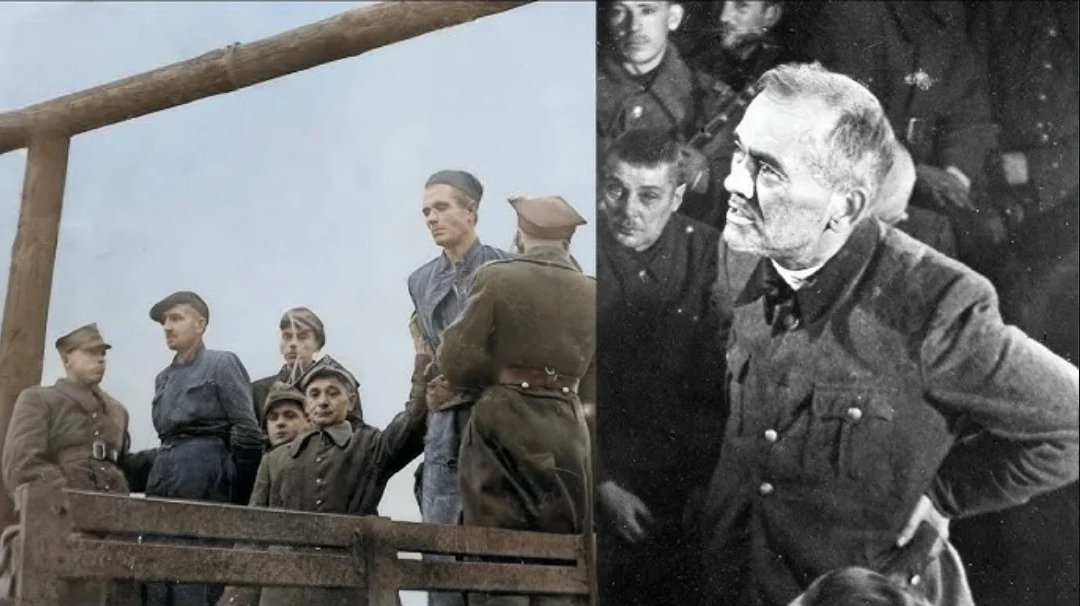
Under the August Decree of 31 August 1944, a special court was established in Lublin.
Six former Majdanek staff members were tried from 27 November to 2 December 1944:
Anton Thernes – deputy commandant in charge of gas chambers
Wilhelm Gerstenmeier – Zyklon B warehouse manager
Theodor Schöllen – notorious guard with a whip
Heinrich Stalp, Hermann Vogel, and kapo Edmund Pohlmann
They were convicted of operating the gas chambers, selections, mass killings, and brutal beatings.
On 2 December 1944 all six were sentenced to death.
Execution Day – 3 December 1944
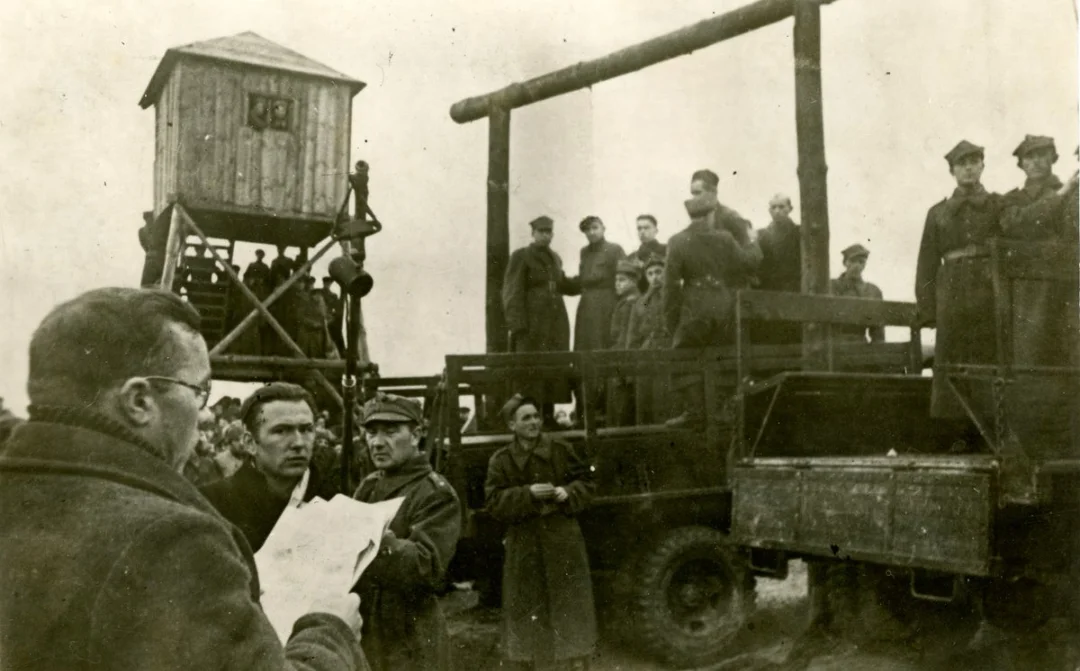
The gallows were erected right next to the Majdanek crematorium – the very place that once belched smoke day and night.
Tens of thousands of Lublin residents, former prisoners, Red Army soldiers, and international journalists gathered.
Survivors were so overcome with emotion that security forces had to hold back the crowd from rushing the condemned men.
Five of the convicted were hanged one after another.
Kapo Edmund Pohlmann had committed suicide in his cell the previous night.
As the trapdoors opened, a roar rose from the crowd – not joy, but release after years of unimaginable suffering.
This was the first public execution of Holocaust perpetrators carried out at the actual site of their crimes – a powerful symbol that justice, however delayed, had arrived.
Today Majdanek is a State Museum and Memorial, preserving the gas chambers, crematorium, and the ashes of tens of thousands.
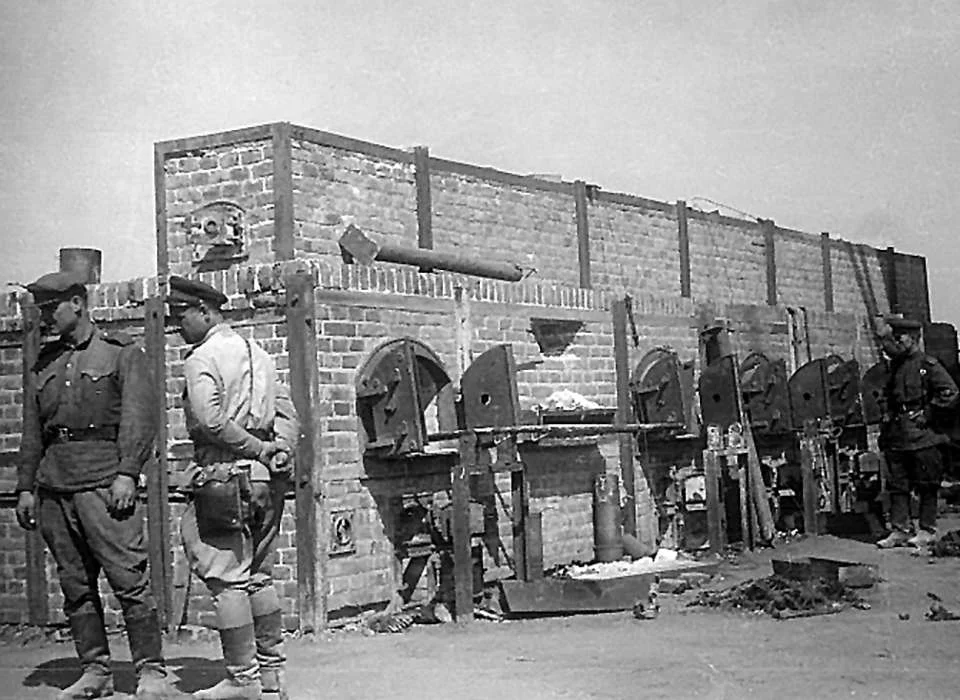
Every year on 3 December, Poles and visitors quietly lay flowers at the spot where justice was served.
We tell this story not to feed hatred, but to honour the 79,000 souls who remain forever at Majdanek, and to remind the world:
Justice must always be pursued – wherever the crime was committed, at whatever cost.

